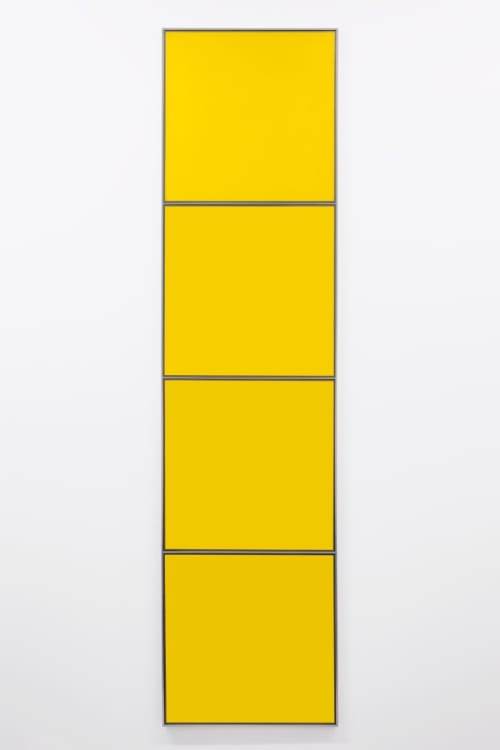Painting
Acrylic on canvas with chrome strip
243.8 x 61.0 (cm)
96.0 x 24.0 (inch)

